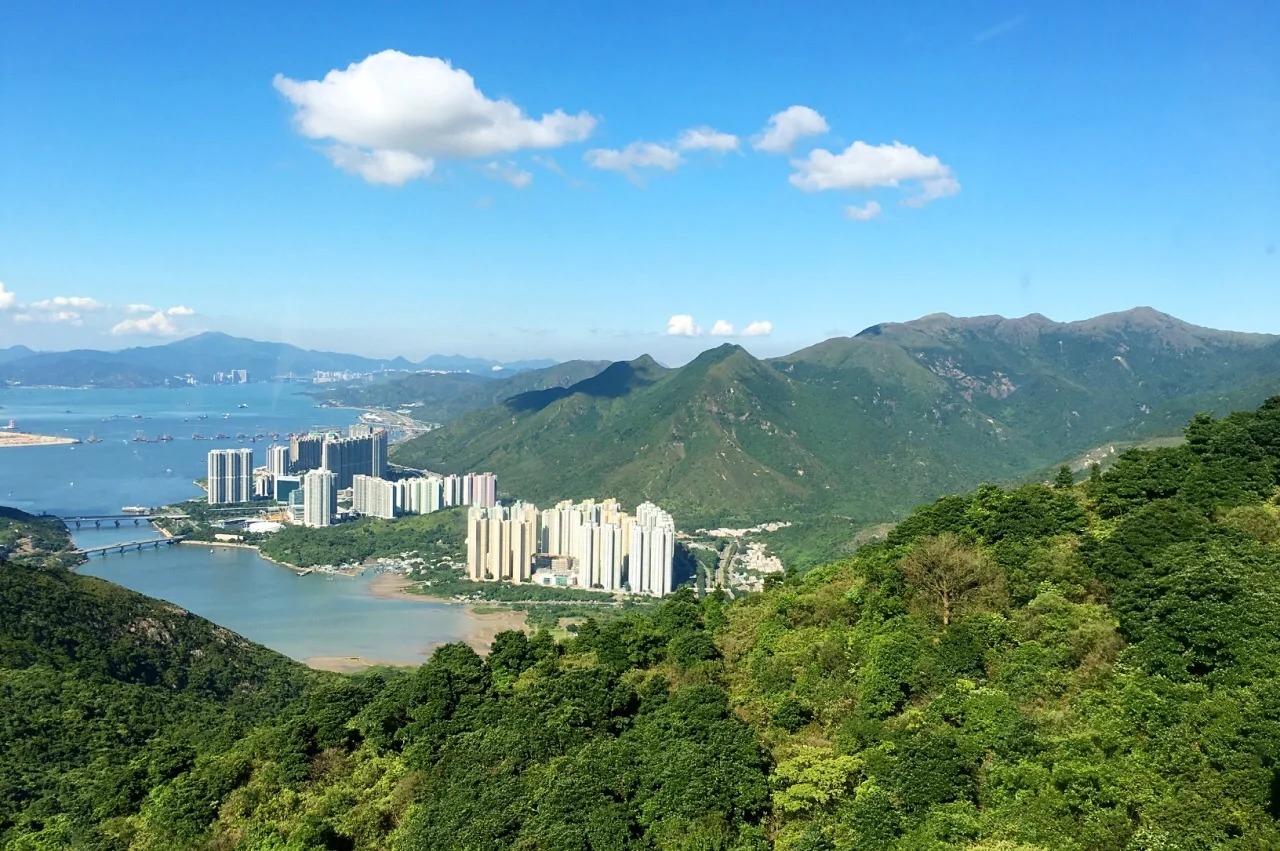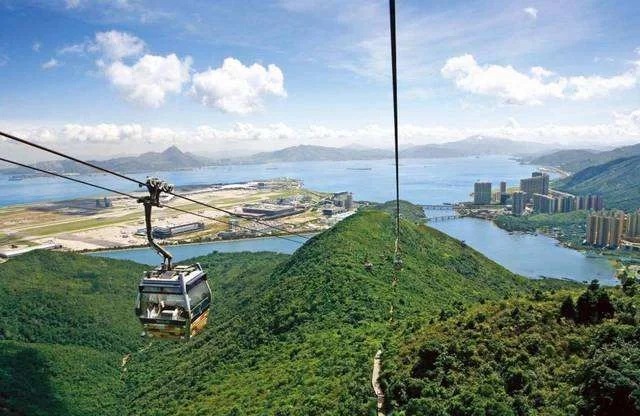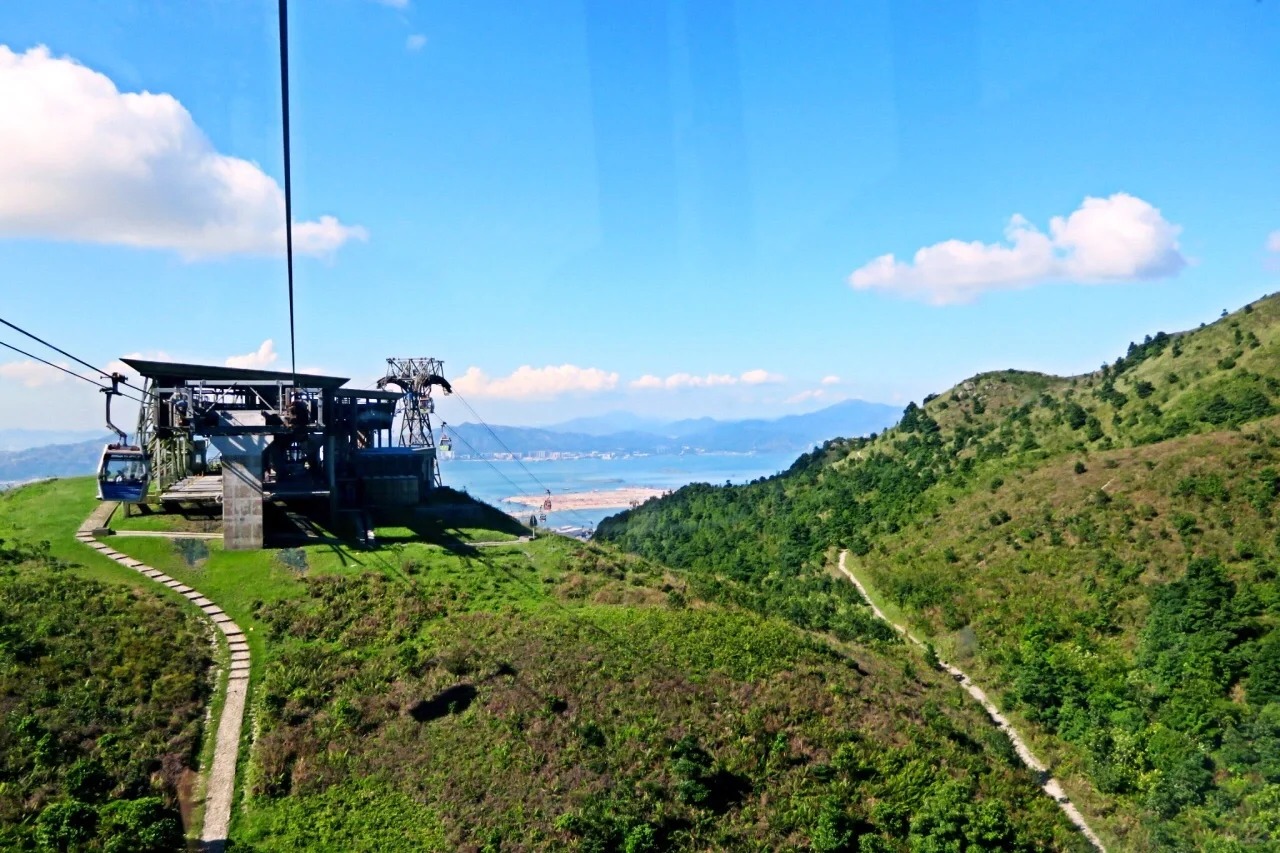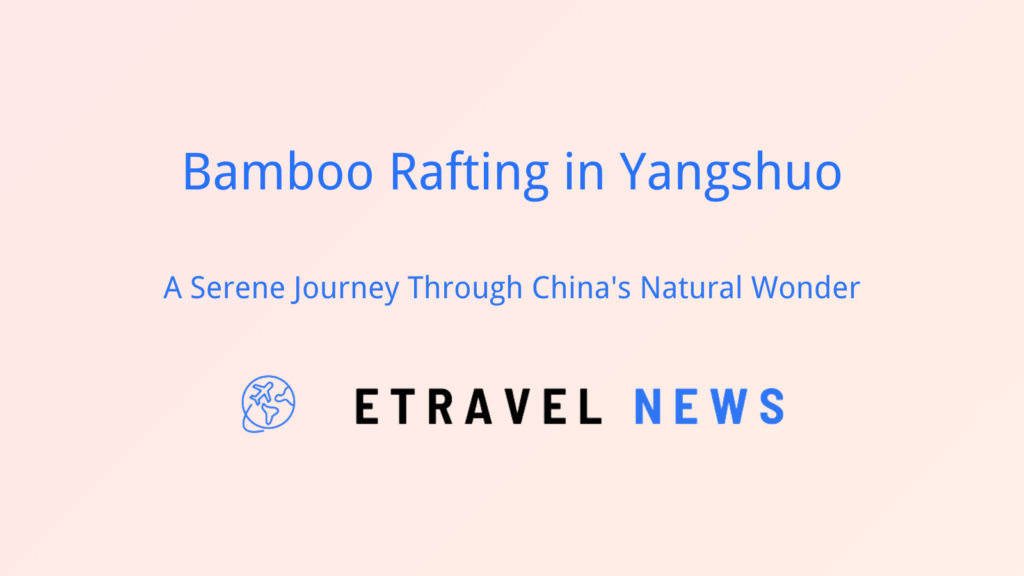Introduction to Lantau Island
Lantau Island, the largest of Hong Kong’s islands, stands as a captivating blend of natural beauty and modern marvels. Spanning 147 square kilometers, this diverse landscape offers visitors a unique experience that contrasts sharply with the bustling urban center of Hong Kong.
From pristine beaches and lush mountains to iconic attractions and cutting-edge infrastructure, Lantau Island embodies Hong Kong’s ability to harmonize tradition with progress. It serves as both a tranquil escape for nature lovers and a hub of economic development, making it a microcosm of Hong Kong’s multifaceted identity.

Historical and Cultural Significance
The history of Lantau Island is deeply rooted in the traditions of the Tanka people, boat-dwelling fishermen who were among its earliest inhabitants. Over centuries, the island transformed from a collection of small fishing villages to a vital component of Hong Kong’s expansion and modernization.
Key historical milestones include:
- Early settlement by Tanka and Hakka communities
- Establishment of monasteries and temples in the 19th century
- Opening of Hong Kong International Airport in 1998
- Inauguration of Hong Kong Disneyland in 2005
Today, Lantau plays a crucial role in Hong Kong’s future, hosting major infrastructure projects and serving as a gateway to the Greater Bay Area.

Natural Wonders and Outdoor Activities
Lantau Island is a paradise for nature enthusiasts and adventure seekers. Lantau Peak, standing at 934 meters, offers challenging hikes and breathtaking views. The island boasts several pristine beaches, including the expansive Cheung Sha Beach and the more secluded Pui O Beach.
| Outdoor Activity | Description |
|---|---|
| Hiking | Lantau Trail (70 km circular route) |
| Beach-going | Cheung Sha, Pui O, Silvermine Bay |
| Wildlife Watching | Pink dolphins near Tai O village |
| Cultural Exploration | Tai O fishing village on stilts |
The Lantau Trail, a 70-kilometer hiking path, allows trekkers to experience the island’s diverse ecosystems and stunning vistas. For a unique cultural experience, visitors can explore Tai O, a traditional fishing village known for its stilt houses and as a launching point for pink dolphin watching tours.
Iconic Attractions
Lantau Island is home to some of Hong Kong’s most recognizable landmarks:
- Tian Tan Buddha (Big Buddha): A 34-meter-tall bronze statue atop a hill, offering panoramic views of the surrounding area.
- Po Lin Monastery: Adjacent to the Big Buddha, this Buddhist temple complex is known for its intricate architecture and vegetarian cuisine.
- Ngong Ping 360: A scenic cable car ride providing spectacular views of Lantau Island and the South China Sea.
- Wisdom Path: A series of wooden columns inscribed with the Heart Sutra, set in a figure-eight pattern.
- Hong Kong Disneyland: The first Disney park in China, blending Western and Eastern cultures in a magical setting.
These attractions draw millions of visitors annually, showcasing Lantau’s ability to merge spiritual traditions with modern entertainment.

Modern Developments and Infrastructure
Lantau Island plays a pivotal role in Hong Kong’s continued development:
- Hong Kong International Airport: One of the world’s busiest airports, serving as a global aviation hub.
- Tung Chung New Town: A planned community supporting the airport and providing housing for over 100,000 residents.
- Hong Kong-Zhuhai-Macau Bridge: The world’s longest sea crossing, connecting Hong Kong to mainland China.
Future plans include the “Lantau Tomorrow Vision,” an ambitious project aimed at creating new artificial islands for housing and economic activities, though it has sparked environmental concerns.
Getting Around and Accessibility
Lantau Island is well-connected to the rest of Hong Kong and easily accessible:
- MTR: The Tung Chung Line connects to Hong Kong Island and Kowloon
- Buses: Extensive network covering most parts of the island
- Ferries: Services to outlying islands and Hong Kong Island
- Ngong Ping 360: Cable car providing scenic access to the Big Buddha area
Private vehicle access is restricted in some areas to preserve the natural environment. Cycling is popular, with bike rentals available in Mui Wo and other locations.

Practical Information for Visitors
To make the most of your Lantau Island experience:
- Best Times to Visit: October to December offers pleasant weather and clear skies
- Accommodation: Options range from luxury hotels in Disneyland and Discovery Bay to budget hostels in Mui Wo
- Dining: Try seafood in Tai O, international cuisine in Tung Chung, or vegetarian meals at Po Lin Monastery
- Trip Duration: While day trips are popular, a 2-3 day stay allows for a more comprehensive exploration
| Season | Weather | Crowd Levels |
|---|---|---|
| Spring (Mar-May) | Mild, occasional rain | Moderate |
| Summer (Jun-Aug) | Hot, humid, typhoon risk | High |
| Autumn (Sep-Nov) | Pleasant, clear skies | Moderate to High |
| Winter (Dec-Feb) | Cool, dry | Low to Moderate |
Visitors should be mindful of local customs, especially when visiting religious sites. Environmental conservation is a priority, so practice responsible tourism by staying on designated trails and properly disposing of waste.
Lantau Island offers a remarkable journey through Hong Kong’s past, present, and future. From the spiritual serenity of the Big Buddha to the cutting-edge technology of its infrastructure, the island presents a captivating narrative of a region in constant evolution. Whether you’re seeking adventure in its rugged landscapes, cultural insights in its traditional villages, or family fun at Disneyland, Lantau Island provides a diverse and enriching experience that captures the essence of Hong Kong’s unique identity. As you explore this island of contrasts, you’ll discover why it remains an integral part of Hong Kong’s charm and a testament to the territory’s ability to balance progress with preservation.





